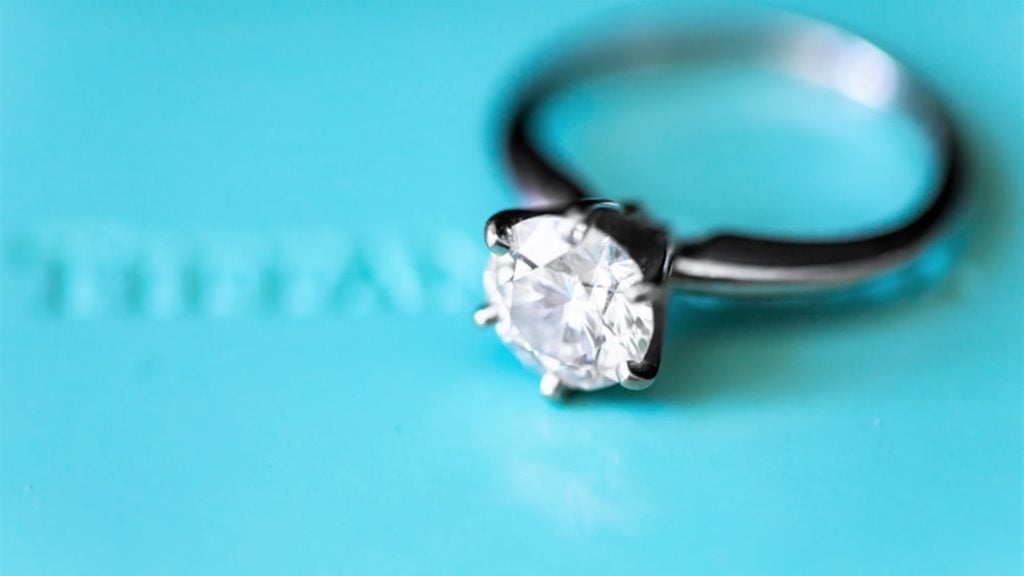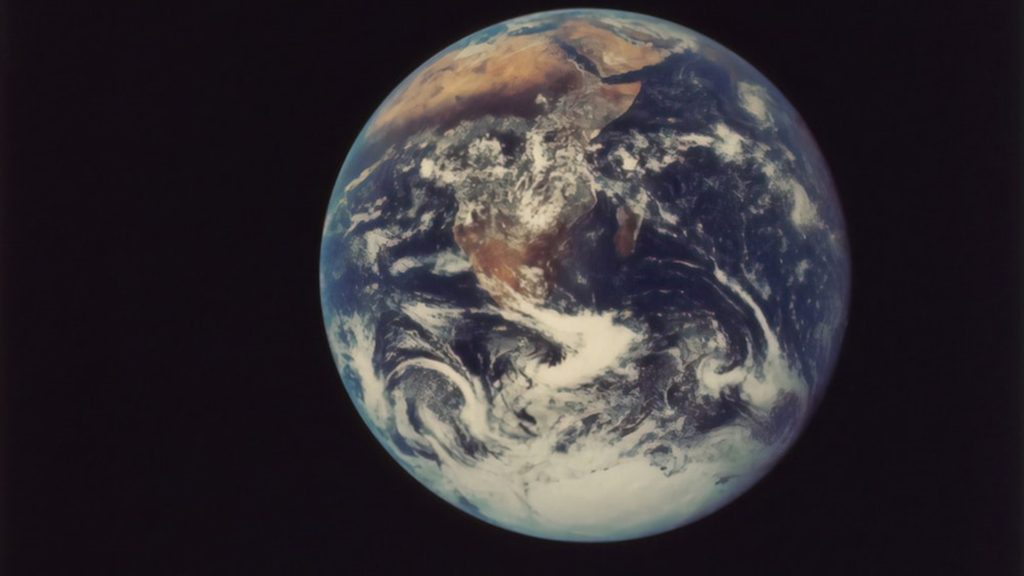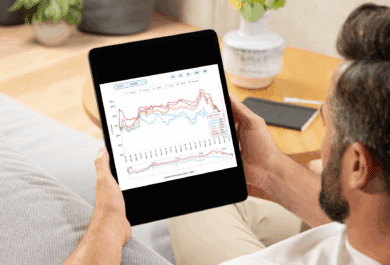Collection Quality Diamonds
Collection quality diamonds are those with the purest natural color and clarity grades. These diamonds have historically held and increased in value best over time, especially auctionable diamonds of significant carat weight and value. Collection quality diamonds have special status in the eyes of many diamond professionals, collectors, enthusiasts, and auction houses.

Collection Color and Clarity
In terms of color and clarity the pinnacle of collection diamond quality is D Flawless, closely followed by D Internally Flawless. Any combination of D color, E color or F color with Flawless, Internally Flawless, VVS1 or VVS2 clarity falls into the collection category of diamond quality.
No Fluorescence Allowed
The presence of fluorescence will knock a diamond out of the collection category. This is because fluorescent diamonds trade at discount, usually in proportion to the strength of fluorescence. This is especially true for colorless diamonds.
Certification
In terms of certification, diamonds of collection quality are typically graded by a top-tier laboratory enforcing internationally accepted standards. Diamonds of significant carat weight and highest value are historically supported with a grading report from the Gemological Institute of America (GIA) when sold at auction.
Craftsmanship: Polish and Symmetry
Fancy shaped diamonds must have Very Good to Excellent grades in both polish and symmetry. Round brilliants must have Excellent in both polish and symmetry (or Ideal, if graded by the American Gem Society).
Craftsmanship: Diamond Cut
Cut Grading is a relatively new consideration for collection quality diamonds. GIA, the most frequently used laboratory for auctionable diamonds, only began issuing a cut grade for round brilliant diamonds in 2006. Prior to that, only polish and symmetry were assessed. Today many traders and collectors only consider a round brilliant diamond to have collection quality if it has Excellent grades in all three assessments: polish, symmetry and cut (or Ideal grades, if graded by the AGS).
GIA Report Update Advisory
Some owners and brokers of round brilliant diamonds originally graded by the GIA prior to 2006 have been unpleasantly surprised when sending those diamonds back for an updated grading report.
Diamonds are usually planned and fashioned to yield as much weight from the rough material as possible. When collection quality rough crystals are discovered the biggest producers tend to seize that material in order to produce fat collection quality diamonds primarily cut for highest carat weight, maximizing their value. Before 2006 the GIA was not issuing a grade for cut, so there was no penalty for rounds cut with angles which egregiously added weight in the belly of the diamond at the expense of beauty.
The GIA cut assessment is now applied to all round brilliants and, although the system is extremely permissive, older diamonds may not receive the post-2006 Excellent cut grade, knocking them out of the collection quality category. It may be possible to have the diamond recut to proportions which will receive the Excellent grade but, depending on specifics, the expense of weight needed to improve the diamond could drop it into a lower pricing category.
Shape
Collection quality diamonds come in all shapes. At lower weights, round brilliant diamonds trade for higher values than similar diamonds in fancy shapes but, as weights exceed 10 carats, that value gap becomes bridged. Historic collection quality diamonds of extremely high weights, in the hundreds of carats, may be faceted in unique ways, without conforming to any traditional shape.















